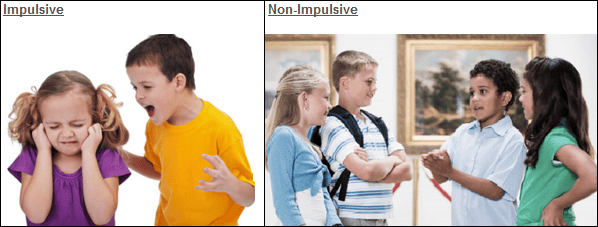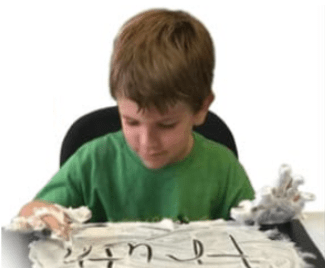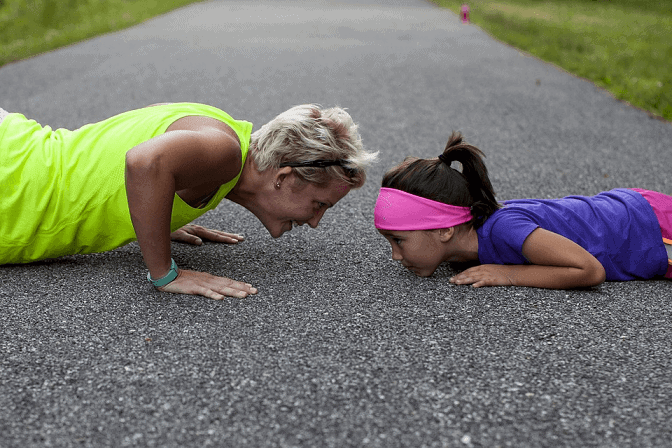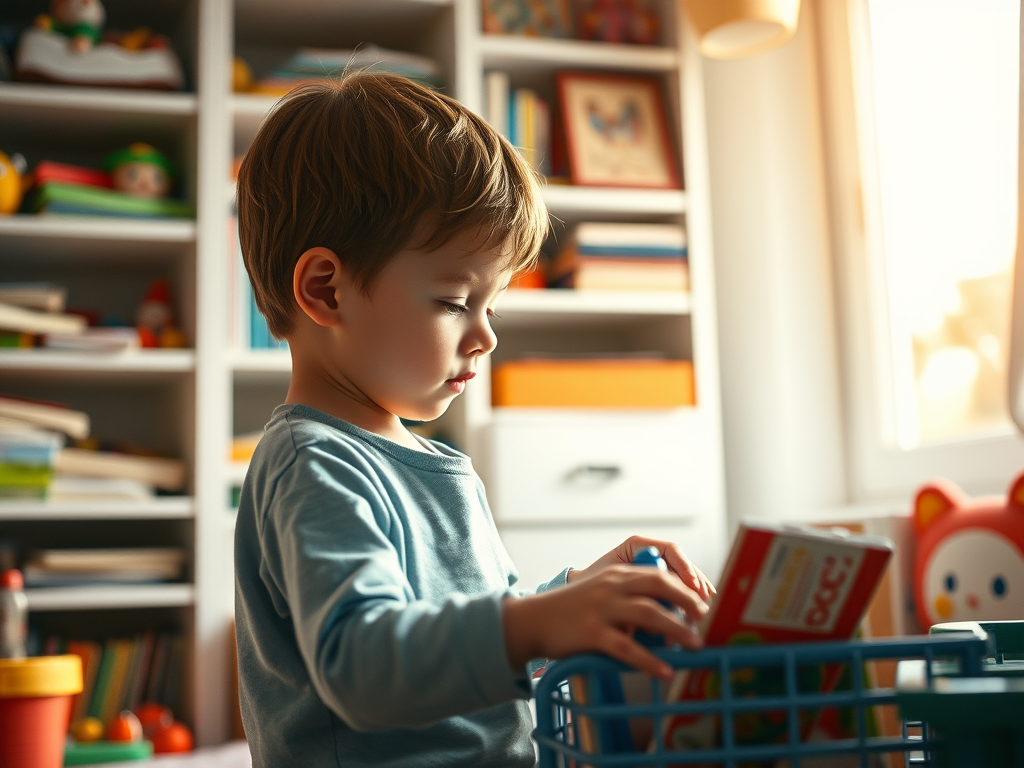Try These 9 Research-Backed Tips to Help with Impulsive Behavior in Children

|
Getting your Trinity Audio player ready...
|
What does impulsive behavior in children look like?
Impulsive behaviors are actions that occur quickly and seem to happen without thinking or considering the consequences.
Children diagnosed with ADHD often engage in impulsive behaviors, but impulsive behaviors do not necessarily indicate that a person has ADHD.
Impulsive behaviors in children can make everyday situations challenging.
Below Are Some Examples of Impulsive Behaviors:
- Hitting someone or throwing objects when angry
- Jumping off a dangerously high surface (or other similar risky behaviors)
- Throwing papers in class
- Running around in the library
- Dashing into the street without looking
- Grabbing materials off the shelf in a store
- Interrupting/Disrupting others while they are talking or working
- Making hurtful comments before thinking about the ramifications
- Stealing
What does research on impulsive behavior in children tell us?
According to research, children with impulsive behaviors such as those diagnosed with Attention Deficit Hyperactivity Disorder and Oppositional Defiant Disorder show improvement when consistently taught pro-social behaviors such as how to conduct themselves in different situations, how to identify problems and brainstorm solutions, and how to recognize which behaviors may be undesirable in certain situations.
For more on these research studies see Evidence-based Psychosocial Treatment for ADHD Children and Adolescents and Improving Treatment Outcome for Oppositional Defiant Disorder in Young Children.
9 Strategies to Decrease Impulsive Behaviors
1. Outline behavioral expectations for upcoming situations.
What should behavior look and sound like? What will the activity consist of?
For instance, if you are going to a restaurant, talk about what will happen when you get there (e.g., wait to be seated, look at the menu, order your food, etc.) and what your child’s behavior should look like (e.g., using an inside voice, speaking respectfully while inside the restaurant, waiting nicely for your food).
Let your child know when you see them following the behavioral expectations appropriately (e.g., you are waiting very nicely for the food).
2. Work with your child to develop self-awareness about their behavior and problem-solving skills.
When you and your child have a free moment to talk and are both in a relaxed mood, help your child get to know their impulsive times, how it affects them, and what alternative behaviors they could consider.
Things to think/talk about when exploring self-awareness with your child as it relates to impulsive behavior:
- when do you tend to act impulsively (e.g., when you are angry, in a new place, when you don’t know the rules, etc.)?
- how does impulsive behavior affect you?
- how does it affect others?
- what can you do to ensure you don’t make impulsive decisions during your trouble spots?
- how can emotions affect impulsivity?
- what are some alternative ways to handle your emotions?
Related Article: Strategies to Help Children with General Anxiety
3. Have your child set a goal and reward themselves with a preferred activity or item.
For instance, your child may agree to wait until you are off the phone to tell you something or they may agreed to get through dinner without making any insulting remarks to their sibling. They can reward themselves with a preferred activity for meeting their goal.

Start where you know your child is most likely to be successful and build from there. For instance, a whole school day with zero impulsive behaviors may not be a reasonable expectation yet, but showing self-control during a short family walk might be.
You have to know your child’s strengths to choose a starting point that is likely to promote success.
4. Encourage your child to observe their environment to notice if they see/hear impulsive behaviors.
Talk privately with your child about the impulsive behaviors they observed and about what they think the individual may have done differently to be less impulsive and more in control. Discuss the situation and alternatives.
5. Talk about the differences between impulsive and non-impulsive behaviors/decisions.
Try to visualize through real-life examples (as in the pictures below) what those differences look like. Act out, show pictures, or draw different scenarios. There are a ton of images on Google that illustrate impulsive and non-impulsive behavior.

Discuss how the same scenario could lead to an impulsive or non-impulsive response.
It is important for children to learn coping skills and how to regulate their emotions, in order to combat naturally impulsive behavior such as hitting or screaming when there is a problem.
If a child learns through consistency and adult support how to take a break, talk it out, count, breathe, hold a preferred object or use other soothing strategies, they may be less likely to react impulsively when upset.
6. Help your child plan their day so they know what to do with their time.
Children who have more down-time/unstructured time are more likely to engage in impulsive behaviors.
You can fill your child’s day with a schedule that includes activities they want to do (e.g., playing outside, technology, creative projects, music, etc.) and activities they have to do (homework, chores, etc.). Less down time = less impulsive behaviors.

Related Article: How to Use Schedules to Improve Children’s Behavior
7. Explain to your child that once you get to be an adult, impulsive behaviors are often not tolerated in the workplace or community.
Discuss real-life consequences, such as being fired, thrown out, or arrested for certain types of impulsive behaviors (e.g., throwing things in a public place, hitting someone at work, etc.)

8. Exercise.
Studies show that regular exercise helps reduce inattention, anxiety, aggression, and hyperactivity, which can all put you at risk for impulsive behaviors. Exercise also builds confidence and self-esteem.
Research shows that improved self-esteem leads to improved mental health and behavioral outcomes.
Related Article: How to Use Exercise to Help Kids with Autism and ADHD

9. Accept that you will not be able to make all impulsive behaviors go away.
Some individuals just have somewhat of an impulsive personality and while you want to make behaviors more appropriate, you don’t want to stop someone from being themselves.
Everybody can be a little impulsive at times and in certain situations, it can be a good thing. Just keep in mind that if it is inconsiderate, hurtful, or disrespectful to self or others it should be addressed.
Picture or picture stories may help with impulsive behaviors in children who have trouble with language processing.
Some examples of picture stories include:
- An Interactive Story to Teach Kids About Restaurant Behavior
- All About Going to School (to help a child prepare for the school day)
- I Am Going to the Doctor (to help children prepare for doctor’s appointments)
- I Am Going to the Dentist (to prepare children for dental appointments)
- I Hate the Word No (a story to teach Kids to calmly respond to the word no)
Related Article: Top 10 Discipline Tips for Children with Oppositional Defiant Disorder
Slideshow/Video Presentation
Sometimes toddlers have communication difficulties that interfere with their ability to understand or express themselves. This can lead to behavioral challenges. Toddler Talk: Techniques and Games might be a helpful book for you if you find yourself in this situation with your toddler.
Education and Behavior – An online library of research-based strategies keeping parents, educators, and counselors on the same page! We provide free learning, behavioral, and social-emotional support for children.
If you found this helpful, please share it!







